Netflix spent £90 million on a show people hated - but does it even matter?
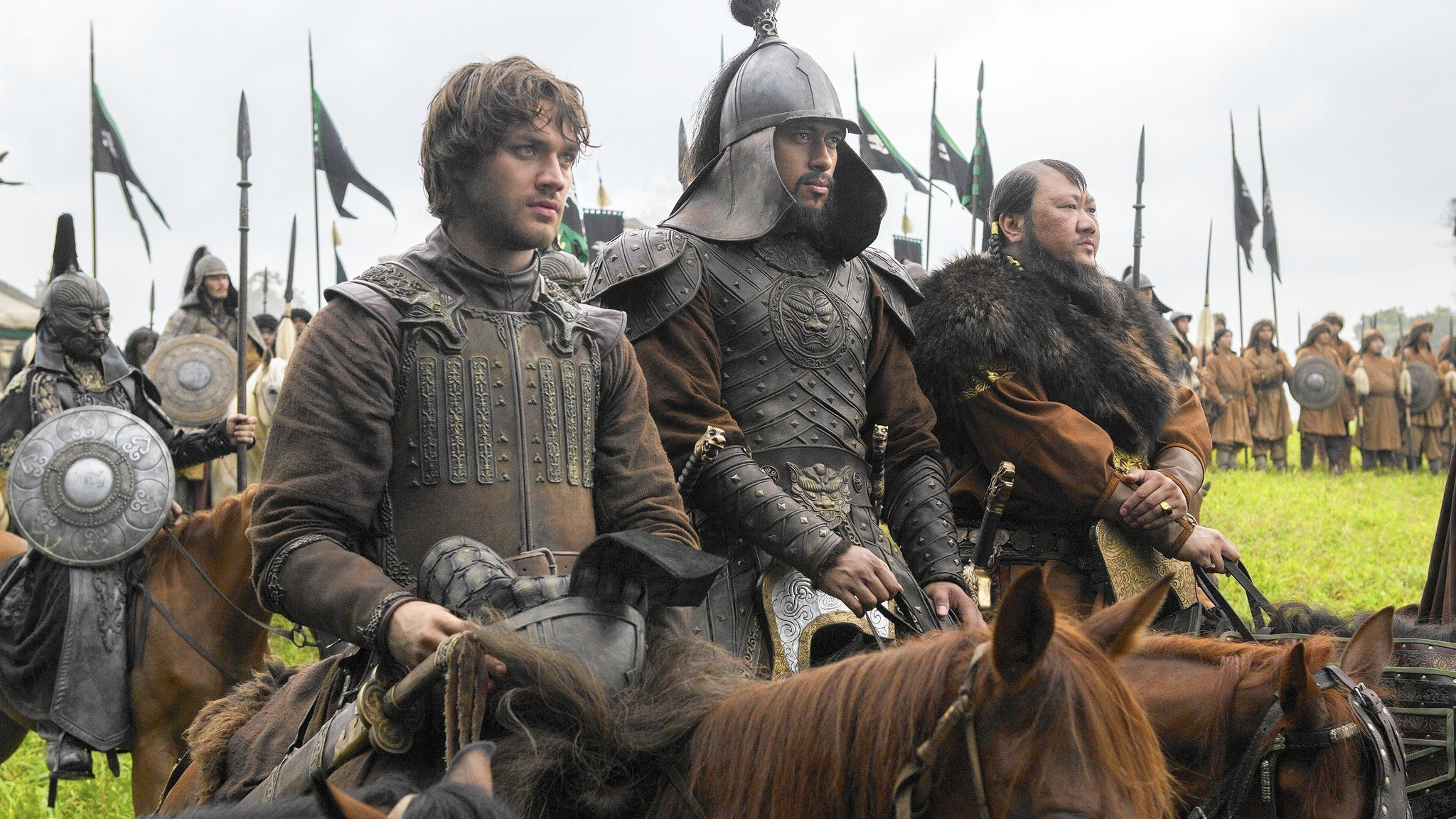
Iron Fist is Netflix’s newest show, and it’s gone down horribly. It’s the worst Marvel show they’ve made to date, currently sitting with a grimy 17% on Rotten Tomatoes. But does it count as a failure, and what’s the actual cost to Netflix if so? It’s easy to recognise a box office flop. The cost of a film is usually public knowledge, and there’s a clear metric of success on release. If it takes significantly more than it cost to make, great. If not: flop. A movie might recoup some of its money when it gets a home release, but it’ll always be brandished as a failure.
It’s more difficult with a Netflix series. Not only are they less forthcoming with their financials, but their measure of success depends on how many people watch a show - information we never get to see. Netflix don’t release viewing stats, so all we can do is project value by contrasting a show’s cost with its critical reception, which I’ve done below. Read on for a mix of staggering costs, anecdotal evidence and ritual sacrifice to Distracto, God of Light Entertainment.
Hemlock Grove
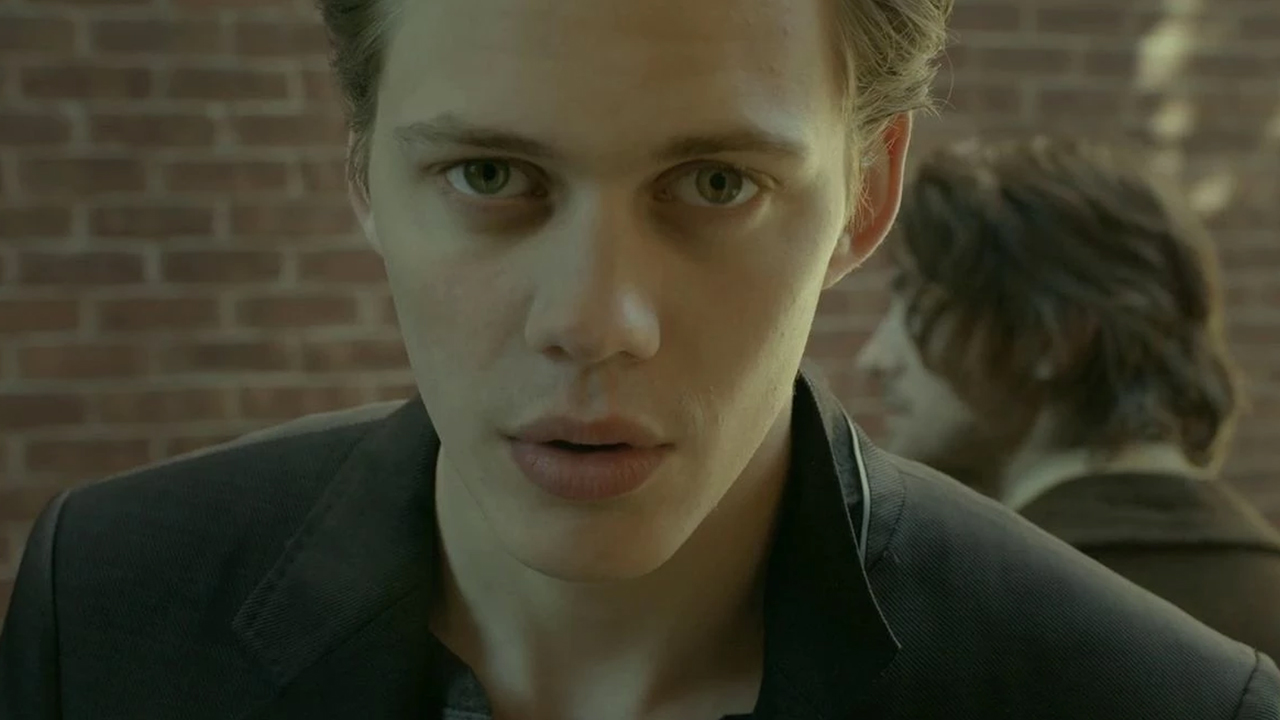
- First aired: April 2013
- Cost to make: $4 million per episode
- Rotten Tomatoes rating: 38%
Whichever way you slice it - whether you hazily recall a terrible Netflix show about angry dogs, or you’re a Hemlock Grove apologist - that isn’t a good ratio. Hemlock Grove feels like one of Netflix’s first bites of the bloodied cherry, and while it’s one of their cheaper shows, it’s still wildly expensive compared to normal TV. By comparison, The Walking Dead costs $2.75 million per episode (which might explain that CGI deer…) Hemlock is a fascinating case, especially when you take into account that fact the first season ran over 13 episodes, for a total cost of $52 million. Contrast that with something like Supernatural, which costs around $50 million for 22 episodes, and you can see the problem. Netflix's chief content officer Ted Sarandos has since said that it was a flop: “Hemlock Grove… didn’t connect with the audience that we thought it would.” Something, as you’ll see below, Netflix doesn’t admit very often.
Worth it? No
Arrested Development
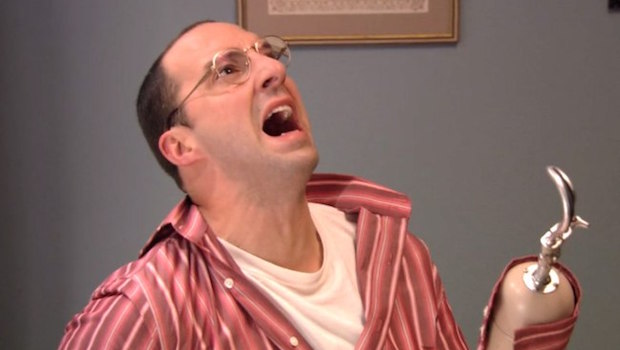
- First aired: May 2013
- Cost to make: $3 million per episode
- Rotten Tomatoes rating: 78%
Okay, on the face of it, a 78% rating doesn’t look too bad. But this is Arrested Development we’re talking about; one of the smartest, most adored comedy shows of the last 20 years. And the fourth season wasn’t bad, just disappointing. It never felt like a grand cast reunion - largely because it wasn’t, given that Netflix couldn’t stump of the cash to have all of them appear in the same episode. The result is a tattered montage of best bits that never reaches the heights of the first three seasons, and the constant recycling of classic lines feels forced and unfunny, like your dad doing a Beavis and Butthead impression. Yet despite this, it was probably worth the cost - it feels like a statement of intent for Netflix, and a tough lesson which led to the amazing stuff we got later on.
Worth it? Probably, if only to make people pay attention.
Richie Rich
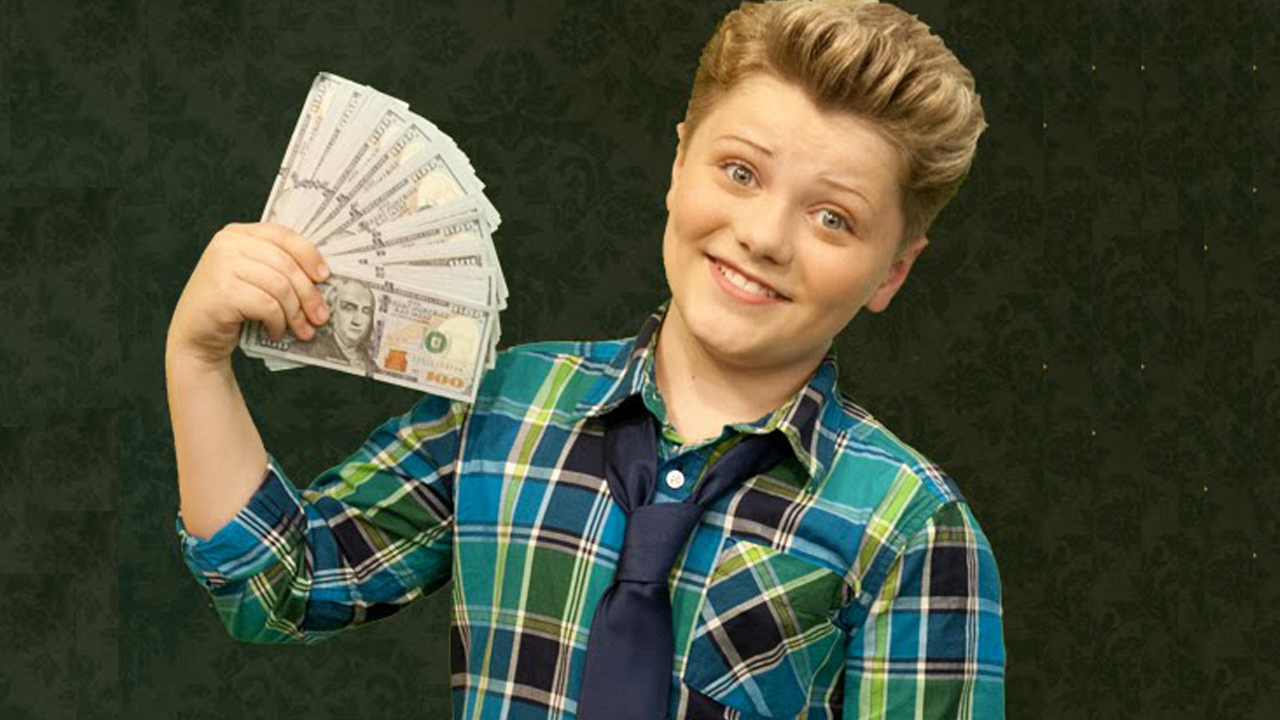
- First aired: February 2015
- Cost to make: Unclear… see below
- Rotten Tomatoes rating: no critical rating; only 37% of users liked it
Sweet lord, Richie Rich, richest kid in the world, you are wretched. Everything about your conception and continued existence is an abomination. TVs crack and splinter upon your broadcast; ethicists question why you, a horrid preteen boy, owns a confusingly sexualised robot maid. You are garbage juice. This is a hard one to extrapolate in terms of cost. DreamWorks Animation obtained the rights to the Richie Rich franchise in 2012, when they acquired Classic Media for $155 million. Netflix then purchased the show from DreamWorks joint venture AwesomenessTV, apparently without ever watching an episode of eye-shitting awfulness. Short version: everyone hates it, and it wasn’t cheap. A failure by any metric.
Worth it? Trapping your soft bits in a car door has more emotional nourishment.
Beasts of No Nation
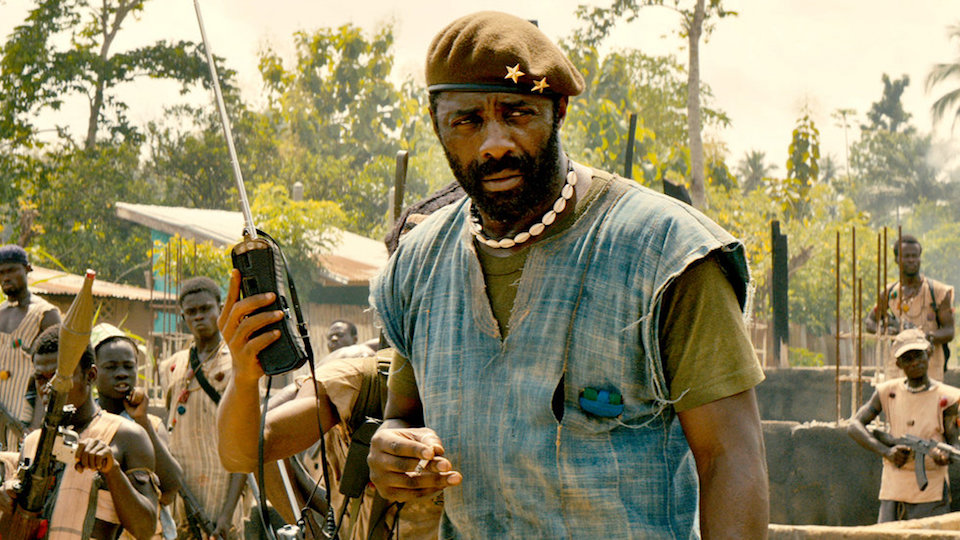
- First aired: October 2015
- Cost to make: $12 million for distribution rights and $6 million for production
- Rotten Tomatoes rating: 91%
Now this one is a bit different. Firstly, it’s uncompromising and brilliant, with deliciously fresh 91% rating on Rotten Tomatoes. The interesting thing, however, is that Beasts of No Nation got a full cinematic release, and was a total flop. The total cost of production and distribution came to $18 million, but the movie only grossed $50,699 in theatres.
Again, there’s no suggestion from Netflix that it’s a failure, though: Ted Sarandos defended the movie, saying, "Whether in theaters this week or on any Internet-connected device now or in years to come, people all over the world are getting a unique opportunity to appreciate this film." You can see his point, especially since Beasts of No Nation was a naked play for industry awards, which it couldn’t win without a presence in cinemas - and it worked. The movie picked nine accolades, including three for breakthrough actor Abraham Attah. The whole thing could be seen as an attempt to raise Netflix’s prestige and profile, which also gifted their 69 million subscribers with a great film. In this case, it’s probably worth the coin.
Worth it? Yes.
Marco Polo

- First aired: December 2014
- Cost to make: $90 million for 10 episodes
- Rotten Tomatoes rating: 24%
This is the big one. Hemlock Grove, by comparison, is a freaking bargain. Marco Polo is a lavish, lumbering example of how you can’t make a show great by just throwing money at it. In fact, if you do that, there’s a chance you’ll make an emotionally moribund, historical turkey in a fantastically expensive hat. Despite being based on fact, Marco Polo was a direct play for the steel-tipped savagery of Game of Thrones. It didn’t come close. Whereas GoT forces you to love its characters before wrenching them away, Marco Polo is hard work: a cold, ethereal tangle, full of contextless political power plays. Despite this, it was renewed for a second, equally expensive season. It certainly improved - perhaps because Netflix are getting better at this all the time - but this expensive non-contender for the Iron Throne has since been axed. It’s also a great example of Netflix’s unwavering bravado: despite being their worst rated show (before Iron Fist), Netflix’s Ted Sarandos refused to concede that Marco Polo a failure: “[It’s] hugely popular all throughout Asia and Europe”, apparently.
Worth it? No.
Sign up for the Total Film Newsletter
Bringing all the latest movie news, features, and reviews to your inbox



